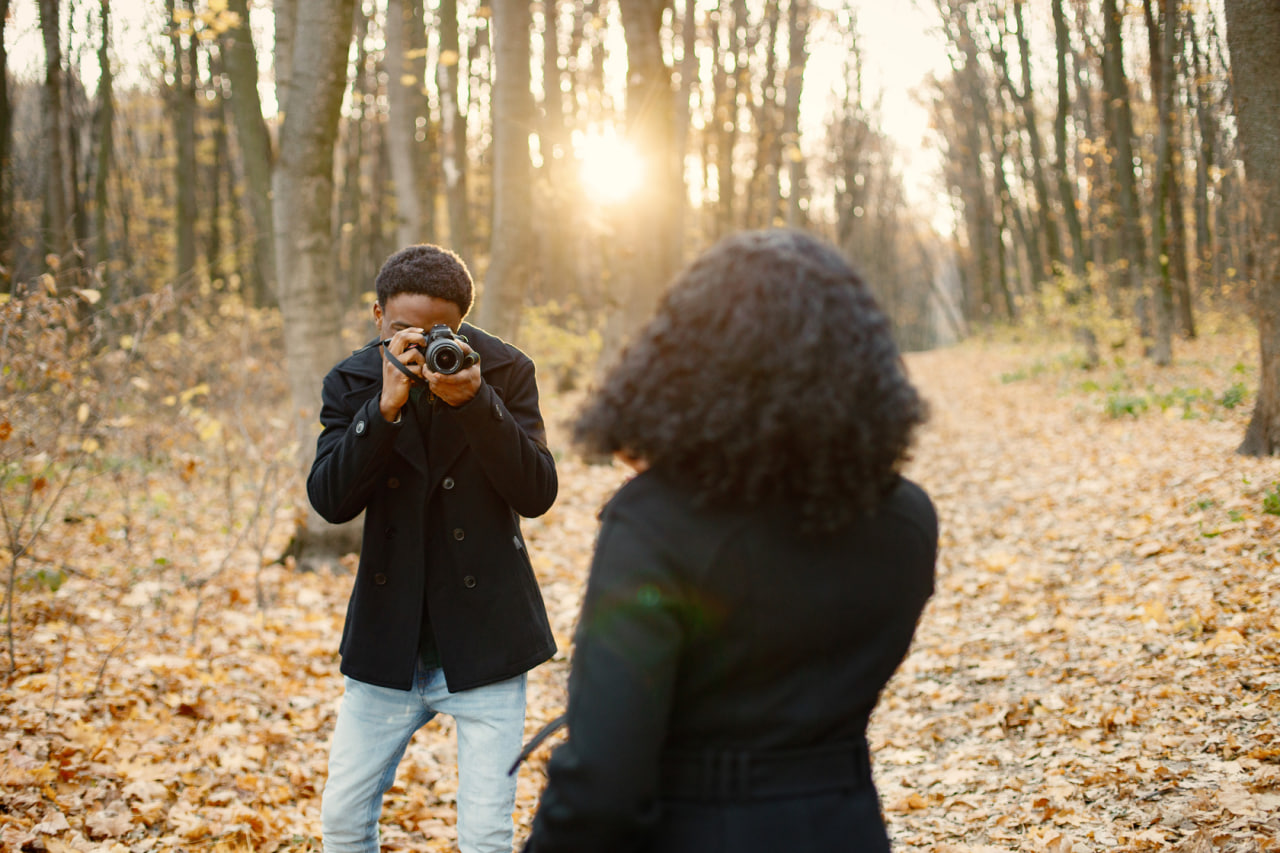Every photographer dreams of developing a style that is instantly recognizable, a visual language that reflects their personality, creativity, and perspective. But finding a signature style is not something that happens overnight. It is a journey of exploration, experimentation, and self-discovery. Whether you are a beginner or a seasoned professional, understanding how to cultivate your unique photographic voice is essential to standing out in the art world and creating work that resonates deeply with viewers.
Understanding What Makes a Signature Style
A signature style is more than consistent camera settings or equipment choices. It is the combination of subject matter, composition, lighting, color, and emotion that makes your work distinctly yours. Some photographers are known for their dramatic use of shadows, others for vibrant color palettes or intimate portraiture. Developing a signature style means discovering what excites you, what stories you want to tell, and how your visual choices communicate your perspective.
Experimenting to Discover Your Preferences
The first step in finding your style is experimentation. Try photographing a variety of subjects, from landscapes and cityscapes to portraits and abstract concepts. Experiment with different lighting conditions, angles, and post-processing techniques. Keep track of what resonates most with you — which images feel natural, evoke emotion, or make you proud. This process helps you identify patterns in your work and gradually guides you toward a cohesive style.
Learning from Influences Without Copying
Every photographer is influenced by others, and studying the work of professionals and contemporaries can be incredibly valuable. Analyze what you admire in their photography — composition, mood, or storytelling — and think about how to incorporate elements into your work in a way that remains uniquely yours. The goal is not imitation but inspiration. By combining influences with your personal perspective, you start to develop a style that reflects both your learning and your individuality.
Embracing Consistency and Cohesion
Once you identify elements that define your aesthetic, consistency becomes key. This does not mean creating identical images but maintaining a recognizable approach across your work. Consistency might appear in your choice of color grading, recurring themes, preferred lighting techniques, or signature subject matter. Cohesion allows audiences to connect with your work on a deeper level, understanding the visual language that represents your artistic identity.
Incorporating Personal Story and Emotion
Signature style is most compelling when it conveys authenticity. Incorporating your personal experiences, values, and emotions into your photography creates a depth that resonates with viewers. Ask yourself: what stories do I want to tell? What feelings do I want my images to evoke? Whether it’s capturing fleeting moments of everyday life, documenting cultural rituals, or exploring abstract concepts, your signature style should reflect the way you perceive and interpret the world.
Evolving Your Style Over Time
Developing a signature style is not a static process. As you grow as a photographer, your interests, experiences, and techniques will evolve. Embrace this evolution as part of your artistic journey. Some of the most iconic photographers refined and shifted their styles over decades, adapting to new technology, trends, and personal growth. Being open to change allows your style to remain dynamic, relevant, and true to your current artistic vision.
Practical Steps to Refine Your Signature Style
- Create a Portfolio – Curate your best work to see patterns and themes.
- Seek Feedback – Share your images with mentors or peers for constructive critique.
- Practice Regularly – Consistent shooting and experimentation strengthen technical skills and artistic intuition.
- Reflect on Your Work – Regularly review your portfolio to identify recurring elements that define your style.
- Document Your Process – Keep notes on lighting setups, editing preferences, and creative inspirations.

